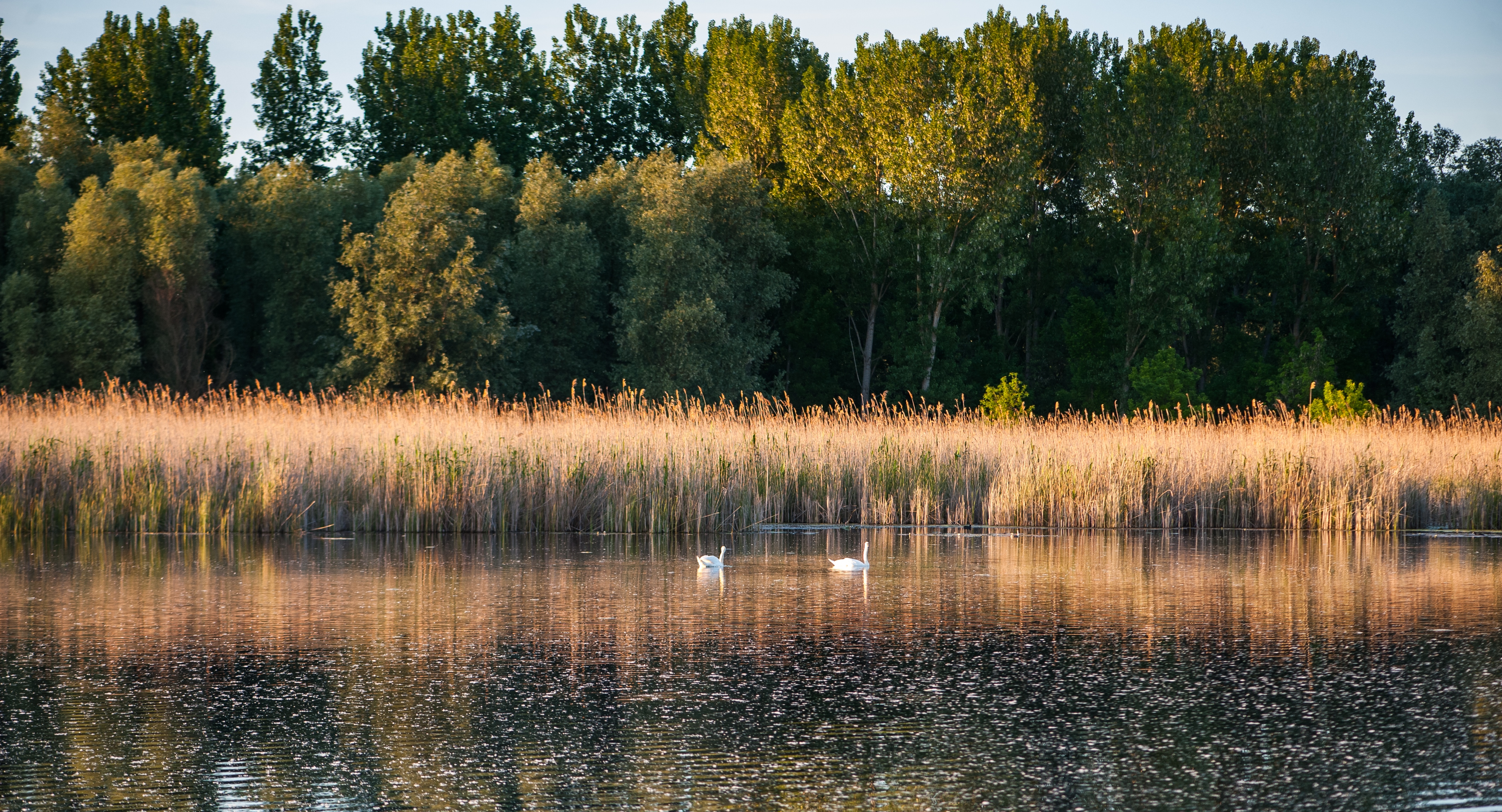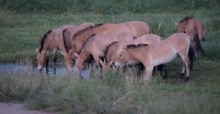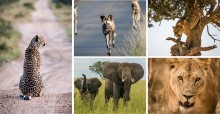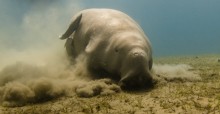Hírek a nagyvilágból
 >
>
Addition of Three Species Proposed by Mongolia to the Appendices of CMS
The CMS Secretariat is pleased to announce the addition of Przewalski’s Horse, Gobi Bear, and Steppe Eagle, all proposed by Mongolia, to the CMS Appendices at COP12. Przewalski’s Horses were last seen in 1969 in the wild near Mongolian border in Trans-Altai Gobi. The population is currently estimated to consist of more than 50 mature individuals free-living in the wild for the past seven years.
Flock tales from the coast
Birders identify rare species of migratory pelagic birds that have made a winter home on the hospitable shores of Arichal Munai and Dhanushkodi
Cross-regional Wildlife Conservation in Eastern and Southern Africa and the Indian Ocean
In the margins of the third session of the United Nations Environment Assembly being held in Nairobi this week, a signing ceremony took place setting the seal on a multi-million-Euro project bringing together three United Nations agencies – the United Nations Office on Drugs and Crime (UNODC), the Convention on International Trade in Endangered Species of Wild Flora and Fauna (CITES) and CMS.
European Union Invests 30m Euro to Counter the Illegal killing and Trafficking of Wildlife in Southern, Eastern Africa and the Indian Ocean
As part of a 30m Euro intervention, the EU today signed a 17.2m Euro agreement with three UN institutions working jointly to reduce the illegal killing of wildlife and the trafficking of wildlife products throughout Eastern and Southern Africa and the Indian Ocean. The new ‘cross-regional wildlife programme’ will focus its activities in the regions’ most important protected areas, national transit points, and in some of Africa’s most important transboundary ecosystems.
UNEA 3 - Towards a Pollution-free Planet
The third session of the United Nations Environment Assembly (UNEA3) is taking place in Nairobi from 4 to 6 December with the theme “Towards a Pollution-free Planet”.
Bosnia and Herzegovina – CMS Party No. 126
CMS is pleased to welcome Bosnia and Herzegovina as the 126th Party to the Convention with effect from today. Bosnia and Herzegovina is situated in the Balkan Peninsula with borders to Croatia, Serbia and Montenegro and a coastline of 20 km on the Adriatic. The central and eastern parts of the country are mountainous, the north-west is hilly while the north-east is generally flat. Most of the country has a continental climate but in the far south it is more Mediterranean.
CMS Dugong MOU Celebrates Tenth Anniversary
The CMS Memorandum of Understanding on Conservation and Management of Dugongs and their Habitats throughout Their Range (Dugong MOU) just celebrated its ten year anniversary. The MOU came into effect on 31 October 2007 in Abu Dhabi, United Arab Emirates, which in 2009 became the home of the CMS Dugong MOU Secretariat.
Addressing the Impact of Underwater Noise by Hydrocarbon Exploration in South-Eastern European Waters
During a two-day workshop on 22 and 23 November in Split, Croatia, 62 participants from 17 countries discussed impacts of underwater noise on marine wildlife in south-eastern Mediterranean waters. Searching for new hydrocarbon reservoirs to exploit faces criticism due to its consequences for the world’s climate. Another major concern is the noise by airguns used for oil exploration.
2017/020: Dates and Venue of the 3rd Meeting of the Sessional Committee of the CMS Scientific Council
The 3rd Meeting of the Sessional Committee of the CMS Scientific Council will take place from 29 May to 1 June 2018 at the UNEP/CMS Secretariat premises, Platz der Vereinten Nationen 1,
Côte d’Ivoire Signs Sharks and Raptors MOUs
At a second special ceremony held yesterday in the margins of the UNFCCC COP23 in Bonn, Minister Anne Désirée Ouloto of Côte d’Ivoire signed the Memoranda of Understanding on the Conservation of Migratory Sharks and on the Conservation of Migratory Birds of Prey in Africa and Eurasia (Raptors MOU). Côte d’Ivoire thus becomes the 48th Signatory to the Sharks MOU and the 59th Signatory to the Raptors MOU.








